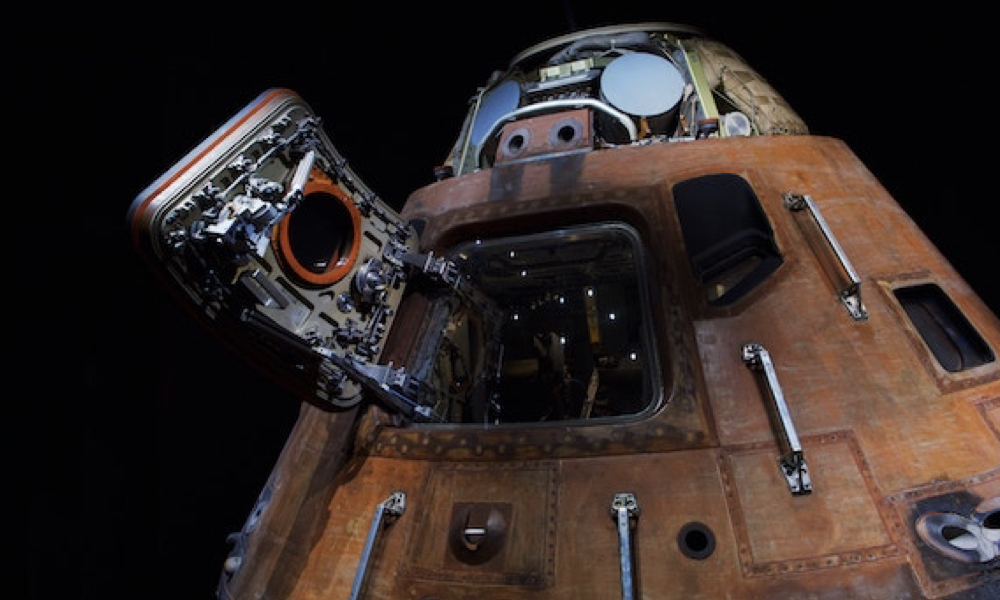
ESA Open Invitation to Tender AO9319
Open Date: 06/11/2018
Closing Date: 18/12/2018 13:00:00
Status: ISSUED
Reference Nr.: 18.1ET.01
Prog. Ref.: SME Initiative;Technology Developme
Budget Ref.: E/0800-04 – SME Initiative;E/0901-01 – Technology Developme
Special Prov.: BE+DK+FR+DE+IT+NL+ES+SE+CH+GB+IE+AT+NO+FI+PT+GR+LU+CZ+RO+PL+EE+HU
Tender Type: C
Price Range: 100-200 KEURO
Products: Satellites & Probes / RF / Microwave Communication (Platform and Payloads) / RF Comm. Eng. SW / SW for RF Comm. design, analysis, simulation, etc. / Satellites & Probes / Payloads / Instruments / RF and microwave Instruments / Microwave radiometers
Techology Domains: Electromagnetic Technologies and Techniques / Wave Interaction and Propagation / Wave Interaction / RF Systems, Payloads and Technologies / RF Payloads / EO Instruments
Establishment: ESTEC
Directorate: Directorate of Tech, Eng. & Quality
Department: Electrical Engineering Department
Division: RF Payloads & Technology Division
Contract Officer: Ferreol, Audrey
Industrial Policy Measure: C3 – Activities restricted to SMEs & R&D organisations, prefe…
Last Update Date: 06/11/2018
Update Reason: Tender issue
The issue of Radio Frequency Interference (RFI) generated by artificial sources is an increasing problem. Areas affected by the radio spectrum pollution include: Earth Observation using passive and active microwave remote sensing, ground based remote sensing of the atmosphere, space based radio experiments and radiostronomical observations.The current level of RFI contamination on ground based and spaceborne passive sensors is already an issue.Analysis of the AMSR-E, SMOS and reports from ground based earth atmospheric sites already reveal that in areas highly populated and industrially developed the level of man-made RFI can easily cover the weak signatures of natural sources (atmosphere, sea or land surface). As well Space Ground stations and Space Telescopes, even if located in remote areas, are experiencing more interference due to the concurrent increase of inhabitants and radio appliances.The use of protected bands is the main solution and the development frequency monitoring techniques is the only way to ensure that internationalregulations are respected. Nevertheless the risk of disruption of radio based observations is increasing (e.g. an atmospheric campaign or the radio navigation services for science missions).This situation has originated a number of studies that defined the statistical characteristics of RFI currently observed by space-borne passive sensors and signal processing techniques for detecting and separating RFI from natural signatures have been identified.The proposed study will address the issue of RFI detection and mitigationby starting from the experience gained on systems operating at L and X band and focussing on the projection effects operating at frequencies from Ka to W band (like the atmospheric sounders for post_EPS) to identify procedures and techniques to be used for frequency management and for assimilation of data into NWP systems. The new techniques shall be delivered in CDF compatible format.Procurement Policy: C(3) = Activity restricted to SMEs RD Entities. For additional information please go to EMITS news (dated 05/02/2001) “Industrial Policy measures for non-primes, SMEs and RD entities in ESA programmes”.
If you wish to access the documents related to the Invitation to Tender, you have to log in to the ESA Portal.
